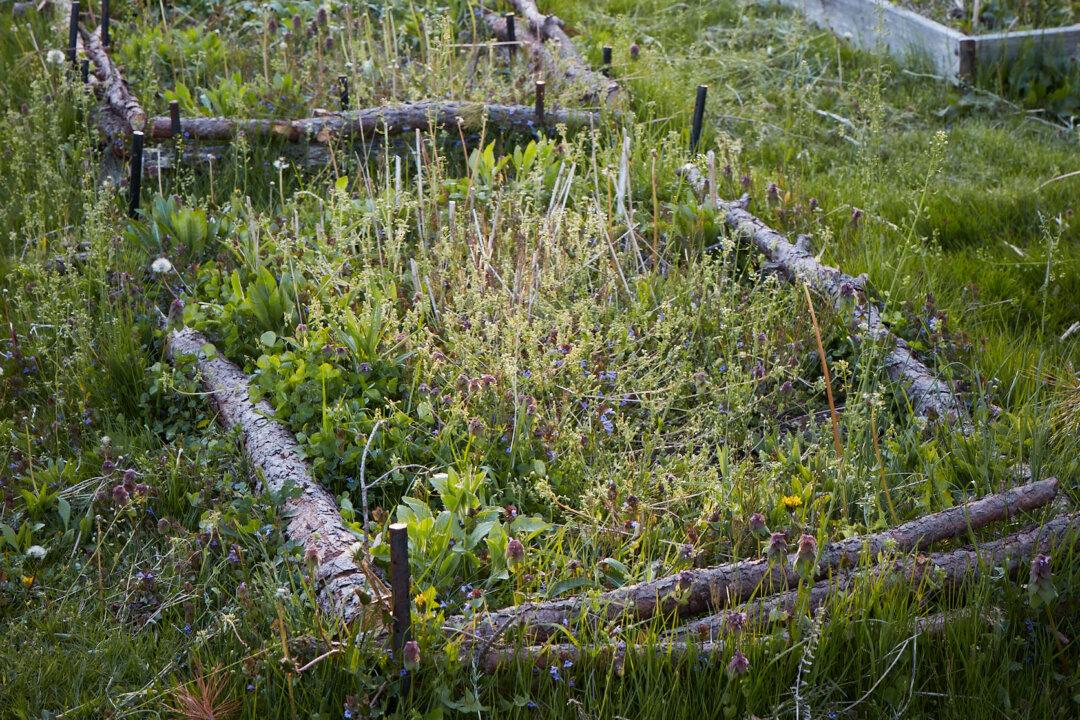Take advantage of a certain “weedy” patch that is already ripe for opportunity or a fallow area that is hard to “maintain.” Some wild or semi-wild things already grow there: dandelions, chickweed, or even common milkweed. My friend who lives in a suburb told me she wanted a wildish area, but her husband doesn’t like things that look unkempt, so she was nervous about having an area that looked “out of control.”
She settled on an area of about 15 square feet, tucked off to the side of the main yard. A portion of an existing vegetable raised bed or other ornamental garden bed would also easily work.


